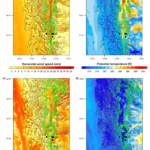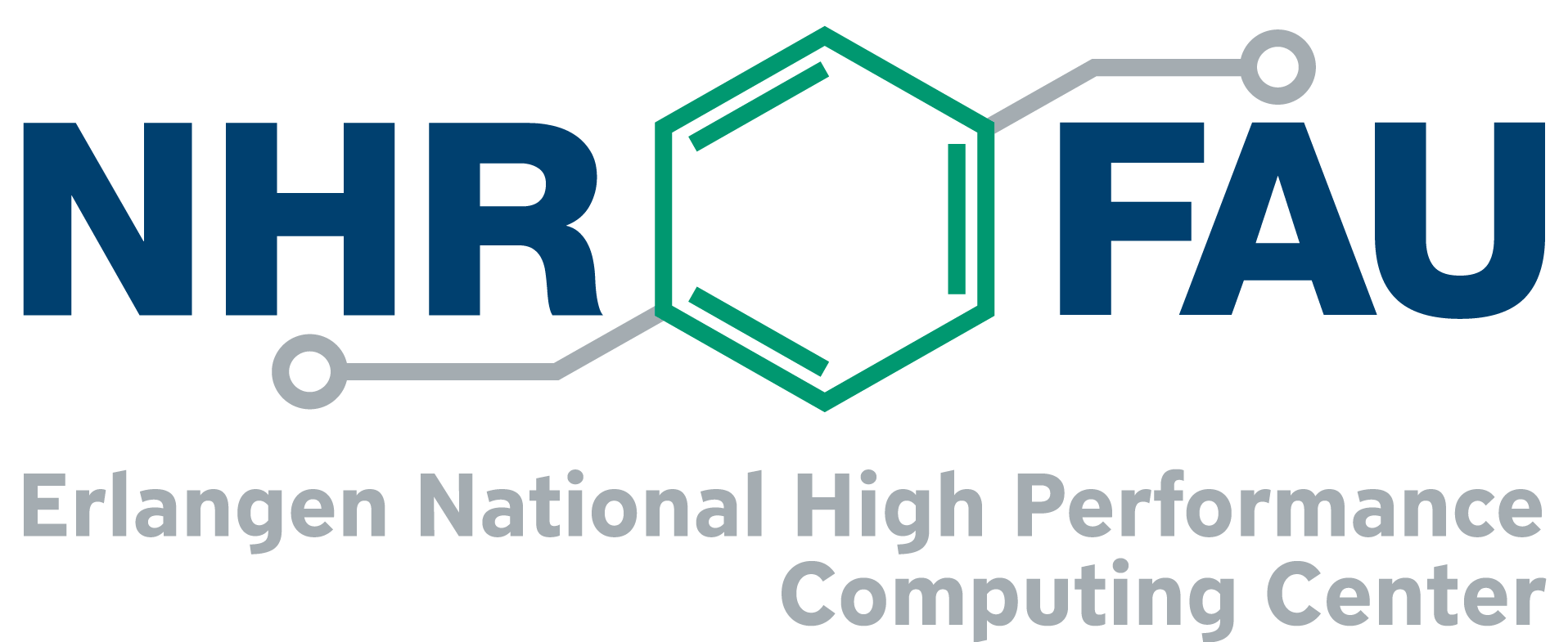HPC usage report from F. Temme, J. V. Turton, T. Mölg and T. Sauter
Flow Regimes and Föhn Types Characterize the Local Climate of Southern Patagonia
Using a combination of observational data and high-resolution modeling, we analyzed the phenomenology of föhn events of different types and their impact on the local climate of southern Patagonia and the glaciers of the Southern Patagonian Icefield (SPI) for three case study föhn events.
Motivation and problem definition
At the Patagonian Icefields strong glacier retreat is observed. However, surface mass balance estimates in southern Patagonia still have large uncertainties. The local climate is strongly shaped by the interaction between the complex topography of the Andes and the persistent westerlies, which can initiate föhn events, warm and dry downslope winds. These events are characterized by warm and windy conditions in the lee together with an increase in temperature and solar radiation, all factors that can strengthen glacier ablation. Since the significance of föhn events for glacier mass balances is known for many regions worldwide, it is likely that they play a decisive role in Patagonia.
Methods and codes

We used observational data over 10 months from four Automatic Weather Stations located on the SPI in order to detect the föhn events with an Föhn Identification Algorithm. Three of these events were simulated with the Weather Research and Forecasting (WRF) model version 4.1 for the three simulation periods 17-22 July 2018, 6- 10 August 2018, 2-6 October 2018. WRF was configured with three nested domains of 20 km, 4 km and 1 km horizontal resolution centered over the SPI and forced by 6-hourly ERA5 reanalysis data. WRF is developed and maintained by the National Centre for Atmospheric Research (NCAR). Including the sensitivity tests for parameter optimization, we conducted 25 simulations, each of which required around 15 hours of wall time with 20 nodes on the Meggie computer cluster.
Results
Based on the observational data, we found 81 föhn events over the 10-month study period, which demonstrates the importance of föhn for the climatic conditions in southern Patagonia. The three simulated föhn events show differing strength, spatial extent and phenomenology and, thus, have different impact on the local climate. When the air masses are able to overflow the mountains being less influenced by the topography (in a supercritical flow regime), the föhn flow can propagate far downstream into the lee. When the upstream air masses are blocked and cannot raise over the Andes (in a subcritical flow regime), stronger disturbances in the atmospheric flow field and the development of a downslope wind storm are caused, which limits the föhn impact to the mountainous region. The strongest disturbances in the atmosphere occur in a critical flow regime. The föhn response is spatially limited but locally very intense with the strongest warming and highest wind velocities over the SPI. We found that the föhn event associated with a critical flow regime had the strongest potential impact on the Patagonian glaciers. The conditions necessary for the development of this föhn type prevailed 14 % of the time during the last 40 years, thus these events may have a substantial impact on the Patagonian glaciers.
Outreach
The results are published in the following publication: Temme, F., Turton, J.V., Mölg, T., and Sauter, T.: Flow Regimes and Föhn Types Characterize the Local Climate of Southern Patagonia, Atmosphere 2020, 11, 899. https://doi.org/10.3390/atmos11090899
Researcher’s Bio and Affiliation
Franziska Temme is a doctoral researcher at the Institute of geography at the Friedrich-Alexander University. Her research focuses on atmospheric processes during föhn events as well as glacier mass balance and ice flow modeling in southern Patagonia.
